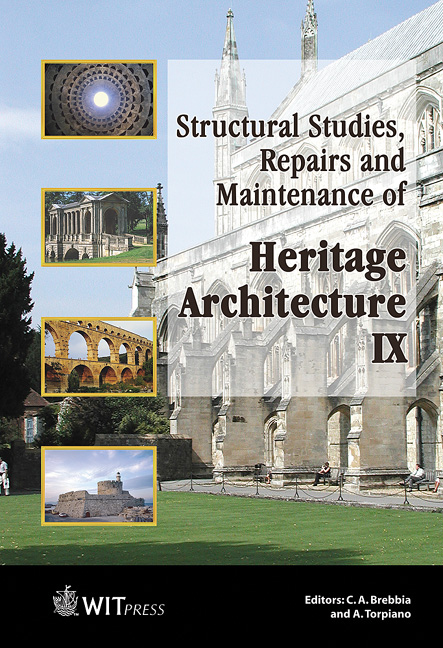Symbolic, Architectonic And Artistic Decorations In Structural Elements In Traditional Architecture In Taiwan
Price
Free (open access)
Transaction
Volume
83
Pages
8
Published
2005
Size
1,609 kb
Paper DOI
10.2495/STR050041
Copyright
WIT Press
Author(s)
C.-C. Fu
Abstract
Architectural styles and design concepts reflect socio-cultural background and technical achievements of the period when the building is constructed. Due to differences in location, periods, and building types, traditional architecture embodies distinctive features and artistic accomplishments. Some are notable because of their size, some because of their special exteriors, some because of their exquisite architectonic details, some because of their craftsmanship and some for cultural reasons. Affected by historical developments, traditional architecture in Taiwan before the mid-nineteenth century is basically Minnan (Southern Fujian) style. In Minnan-style architecture, almost every building reveals its unique design in formal, spatial, constructional and structural aspects. This paper will firstly introduce the basic aspects of Taiwanese traditional architecture and then illustrate how symbolic, architectonic and artistic decorations are expressed in structural elements in traditional architecture in Taiwan and become one of the main characteristics. Keywords: symbolic decorations, architectonic decorations, artistic decorations, structural elements, traditional architecture, Taiwan. 1 Introduction: Traditional Minnan Style Architecture in Taiwan Taiwan is a unique country in terms of its socio-cultural background. Its special geographical and climatic features also make Taiwan in many aspects distinguishable from other areas on the Chinese Mainland where most of the
Keywords
symbolic decorations, architectonic decorations, artistic decorations, structural elements, traditional architecture, Taiwan.




